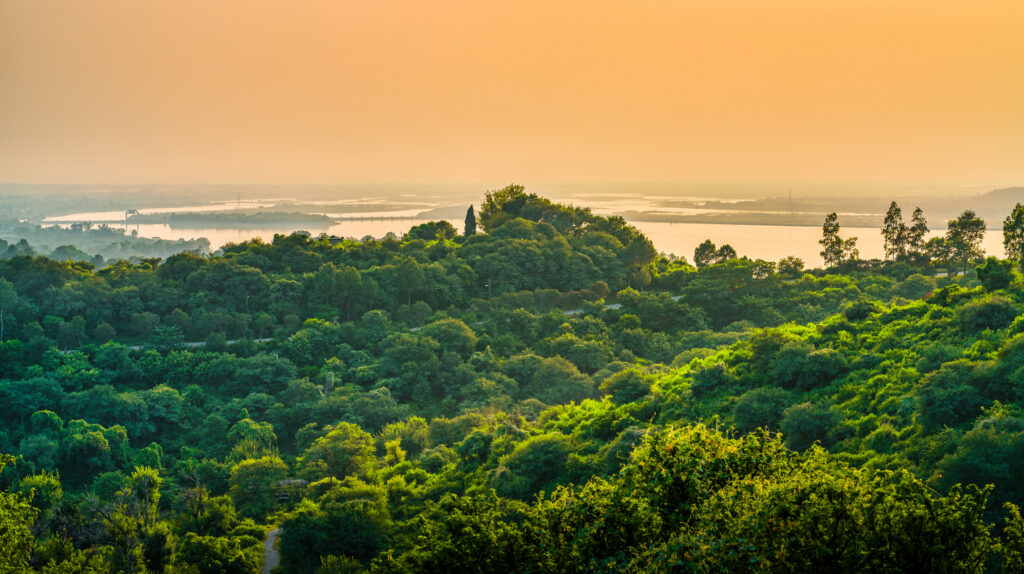Introduction
In recent years, artificial intelligence (AI) has revolutionized various aspects of our lives, from editing photos to drafting emails. Now, AI is extending its capabilities to one of humanity’s most pressing challenges: preserving the Amazon rainforest. In Latin America, where deforestation threatens this vital ecosystem, experts are leveraging AI tools to protect the Amazon’s rich biodiversity and ecological balance. Here’s how AI is emerging as a crucial ally in the fight against deforestation.
The Amazon Rainforest’s Cry for Help
Known as the lungs of our planet, the Amazon rainforest is in crisis due to deforestation, illegal logging, and mining activities. In 2022, deforestation in the Amazon surged by 21%, leading to the destruction of 2 million hectares, according to Microsoft. This alarming trend underscores the urgent need for effective conservation strategies to safeguard the Amazon’s invaluable ecosystem.
Project Guacamaya and PrevisIA
Leading the charge against deforestation is Project Guacamaya, an initiative spearheaded by experts in Latin America. According to Juan Lavista Ferres, Chief Data Scientist at Microsoft’s AI for Good Lab, “We cannot address a problem if we cannot measure it.” Project Guacamaya aims to quantify deforestation and enhance conservation efforts using cutting-edge AI technology.
Project Guacamaya employs AI models that analyze satellite data, hidden cameras, and bioacoustics to monitor the Amazon rainforest. This technology provides decision-makers with up-to-date insights into deforestation patterns, enabling more effective conservation strategies.
Another notable initiative is PrevisIA, developed by Imazon. This advanced platform uses AI to predict future deforestation hotspots by analyzing data and identifying indicators such as road construction. PrevisIA aims to proactively prevent deforestation rather than merely responding to damage after it occurs.
Augmenting Monitoring with AI
AI is significantly enhancing the monitoring of deforestation and illegal activities in the Amazon. Researchers are using sensors to detect unauthorized mining and logging activities. These sensors can pick up sounds such as chainsaws, and images of suspicious roads or activities are captured and analyzed. When illegal activities are detected, law enforcement and officials are promptly notified, allowing for quicker intervention.
The Impact and Future Outlook
The impact of these AI-powered initiatives is already evident. Project Guacamaya has improved the analysis of satellite imagery, while PrevisIA boasts an impressive 85% accuracy rate in predicting deforestation. As these technologies advance, they hold the potential to transform conservation efforts not only in the Amazon but also in ecosystems around the world.
Conclusion
Amid environmental challenges, AI offers a promising solution for preserving the Amazon rainforest. By combining technology with proactive measures, we are shifting from reactive to preventive conservation. With AI as a partner, we are better equipped to protect the Amazon and ensure its survival for future generations.
At the 5P Global Movement, we are committed to sustainability and environmental stewardship. Join us in the 5P Movement to be part of a community dedicated to preserving our planet. Visit our website to learn more and get involved today.





